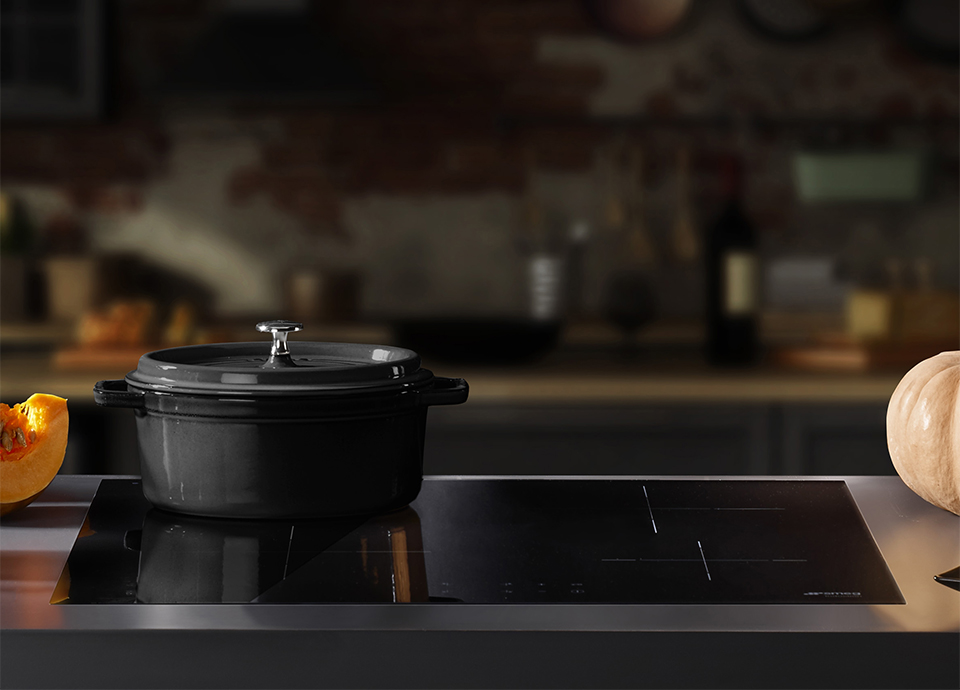Making Pancakes on Cast Iron Induction: A Delicious Adventure
Written By James Morgan
The art of making pancakes on cast iron induction is a delightful skill every barbecue enthusiast should master. This culinary technique combines the power of induction cooking with the sturdy reliability of cast iron cookware. If you're someone who loves the sizzle and aroma of a well-cooked pancake, using a cast iron skillet on an induction cooktop is an experience you don't want to miss.

The Charm of Cast Iron Cooking
Cast iron cookware has been a staple in kitchens for centuries, known for its ability to retain heat evenly and provide a non-stick surface when properly seasoned. This makes it perfect for pancake making. The combination of cast iron and induction cooking offers precise temperature control, ensuring your pancakes are perfectly cooked every time.
Why Choose Induction Cooking?
Induction cooktops are a modern marvel, using electromagnetic fields to heat pots and pans directly. This method is not only efficient but also safe, as the cooktop itself remains cool to the touch. If you're curious about the compatibility of cast iron with induction, you can learn more about using cast iron on induction cooktops.
Preparing Your Cast Iron Skillet
Before you start making pancakes on cast iron induction, it's crucial to ensure your skillet is well-seasoned. A well-seasoned skillet not only prevents sticking but also adds a unique flavor to your pancakes. To achieve this, regularly oil your skillet and bake it at a high temperature to build up a non-stick layer.
Heating Your Induction Cooktop
One of the advantages of using induction is the rapid heating capability. Set your induction cooktop to medium heat and allow your cast iron skillet to warm up. This ensures even cooking and prevents the pancakes from burning. For more tips on using induction with cast iron, check out how pro chefs use grill grates.
The Pancake Batter
Your pancake batter is the heart of the dish. Whether you prefer a classic recipe or a more adventurous flavor, ensure your batter is well-mixed and free of lumps. For a fluffier pancake, let the batter rest for a few minutes before cooking. This allows the ingredients to meld and the baking powder to activate fully.
Cooking the Perfect Pancake
Once your skillet is hot, pour a ladle of batter onto the skillet. The key is to wait for bubbles to form on the surface before flipping. This indicates that the pancake is cooked through and ready to turn. Use a spatula to gently flip the pancake and cook for an additional minute or two. To explore more about cast iron cooking on induction, you might find baking in cast iron on induction insightful.
Serving Suggestions
Once your pancakes are ready, serve them immediately with your choice of toppings. Fresh fruits, maple syrup, or a dollop of whipped cream can elevate your pancakes to a gourmet level. The possibilities are endless, allowing you to tailor your breakfast to your taste.
Maintaining Your Cast Iron
After cooking, it's essential to clean your cast iron skillet properly. Avoid using soap; instead, use hot water and a stiff brush. After cleaning, dry the skillet thoroughly and apply a thin layer of oil to prevent rusting. For more about maintaining cast iron, see boiling water in cast iron on induction.

FAQ Section
- Can I use any cast iron skillet on an induction cooktop? Yes, as long as the base of the skillet is flat and smooth.
- How do I prevent my pancakes from sticking? Ensure your skillet is well-seasoned and properly heated before adding the batter.
- Is induction cooking energy efficient? Yes, induction cooking is more energy-efficient than traditional cooking methods.
Mastering the art of making pancakes on cast iron induction is a rewarding endeavor that combines traditional cooking methods with modern technology. Whether you're a seasoned barbecue enthusiast or a curious home cook, this technique opens up a world of culinary possibilities. For further exploration, consider reading about cast iron on induction and how it can enhance your cooking experience.



